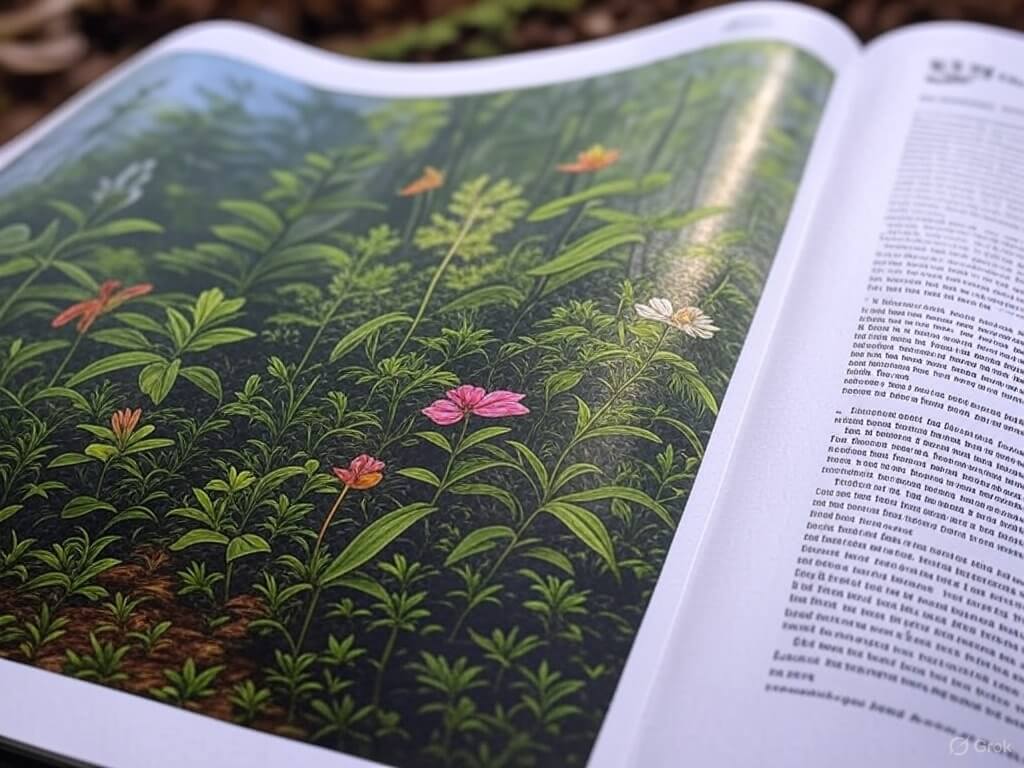Plants are autotrophs in the food chain, meaning they produce their food through photosynthesis. They are self-sustaining organisms that convert sunlight into energy. In contrast, heterotrophs rely on other organisms for their food supply. This guide delves into the roles of autotrophs and heterotrophs in the ecosystem, shedding light on their significance and interdependence.
If you’re a plant lover curious about how plants make food, what carnivorous plants actually eat, or how different organisms fit into the food chain, you’re in the right place. In this in-depth 2025 guide, we’ll explore the fascinating world of autotrophs and heterotrophs, break down how they interact, and why understanding them is essential for appreciating ecosystems and plant life.
What Are Autotrophs and How Do They Make Food?
Autotrophs are organisms that can produce their own food, usually through photosynthesis or chemosynthesis. These include plants, some alga, and certain autotrophic bacteria.
Through photosynthesis using light energy, they convert carbon dioxide, water, and sunlight into glucose and oxygen. This process stores chemical energy in organic molecules, making autotrophs the foundation of most food chains.
What Are Heterotrophs and How Do They Get Energy?
Heterotrophs are organisms that cannot make their own food. Instead, they rely on consuming other organisms. This group includes animals, many fungi, and some bacteria.
Depending on their diet, they can be herbivores, carnivores, or omnivores. Heterotrophs digest their food to extract nutrients and energy. They are known as consumers in the food chain.
How Do Autotrophs and Heterotrophs Fit into the Food Chain?
In the food chain, autotrophs function as producers, forming the first trophic level. They make food using sunlight or chemical sources.
Heterotrophs, on the other hand, occupy higher levels of the food chain. Plants and animals interact in this web, passing energy and nutrients upward through various consumer stages like herbivorous animals and carnivores.
Role of Photosynthesis in Autotrophic Nutrition
Photosynthesis is the key method autotrophs use to make food. Using chlorophyll and light energy, plants and some photosynthetic autotrophs convert sunlight into usable sugar and oxygen.
This essential reaction not only sustains the plant itself but also supports the entire ecosystem by providing the base energy source for other organisms.
Are All Plants Autotrophs? (Exploring Carnivorous and Parasitic Plants)
While most plants are autotrophs, not all of them are. Some are heterotrophic plants, such as carnivorous plants and parasitic species like orobanche or cytinus.
These unusual plants can’t always produce food efficiently through photosynthesis, so they either trap prey or draw nutrients from other hosts, sometimes through relationships with parasitic fungi.
How Do Carnivorous Plants Supplement Their Nutrient Intake?
Carnivorous plants, such as Venus flytraps, live in nutrient-poor soils and must supplement their nutrient intake by trapping and digesting insects and other small organisms.
Though they still photosynthesize, these plants need to obtain nitrogen and other essential nutrients from prey to survive in harsh environments. This gives them traits of both autotrophs and heterotrophs.
Can Fungi Be Autotrophs or Are They Always Heterotrophs?
Fungi are always heterotrophs. They can’t photosynthesize and instead rely on breaking down organic molecules from dead or decaying organisms, making them key decomposers.
Some fungi form symbiotic relationships with plants, helping them absorb water and minerals, especially in nutrient-poor soils.
What Are Chemosynthetic and Chemoautotrophic Organisms?
Chemoautotrophs like certain bacteria use chemosynthesis to produce food. These organisms don’t rely on light but instead extract energy from inorganic sources like sulfide near hydrothermal vents.
These rare but vital organisms show that life can thrive even in environments without sunlight, expanding our understanding of where life is possible.
How Autotrophs Support the Entire Ecosystem
Without autotrophs, ecosystems would collapse. These producers transform energy from the sun into forms usable by all life.
By supplying raw materials, oxygen, and food, autotrophs ensure energy flows throughout the ecosystem. Their ability to produce is the foundation of biological survival.
Autotrophs vs. Heterotrophs: Why the Distinction Matters in 2025
In a world facing climate change and biodiversity loss, knowing the difference between autotrophs and heterotrophs helps us understand how disruptions in one group affect the other.
From photosynthetic orchids to fully myco-heterotrophic plants, the lines can blur. But the basic roles they play in energy flow remain crucial for protecting our environment and understanding our planet’s future.
Key Takeaways
- Autotrophs can make their own food through photosynthesis or chemosynthesis.
- Heterotrophs must eat other organisms to get energy.
- The food chain begins with autotrophs, who are the producers.
- Some plants, like carnivorous plants, combine traits of both types.
- Fungi are always heterotrophs, often acting as decomposers.
- Chemoautotrophs thrive in environments without sunlight using chemical energy.
- Understanding autotrophs and heterotrophs is essential for plant lovers and ecosystem conservation.
